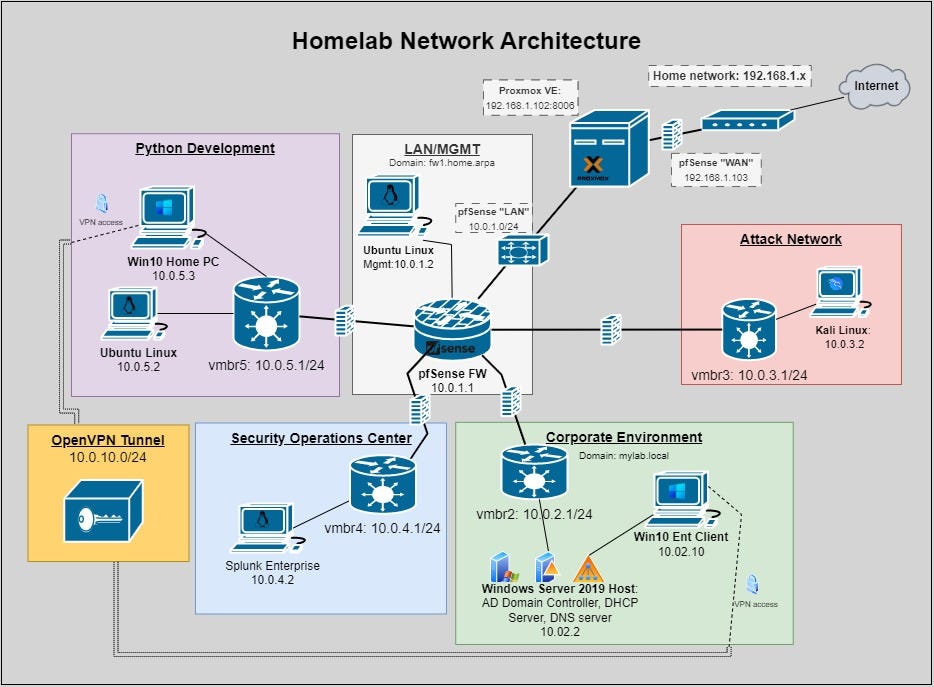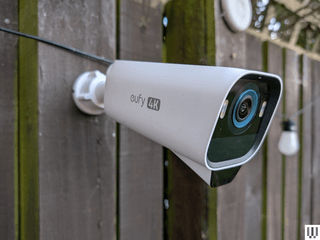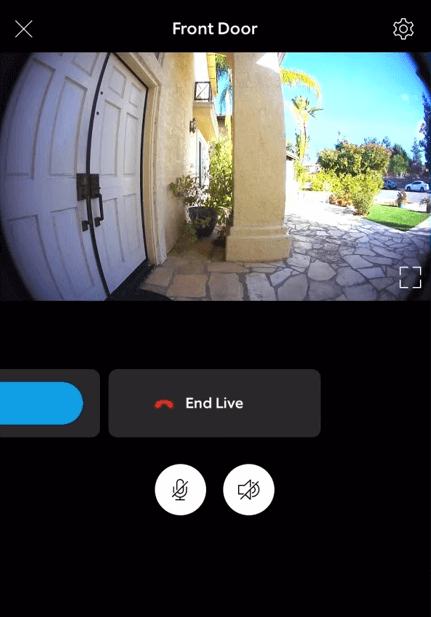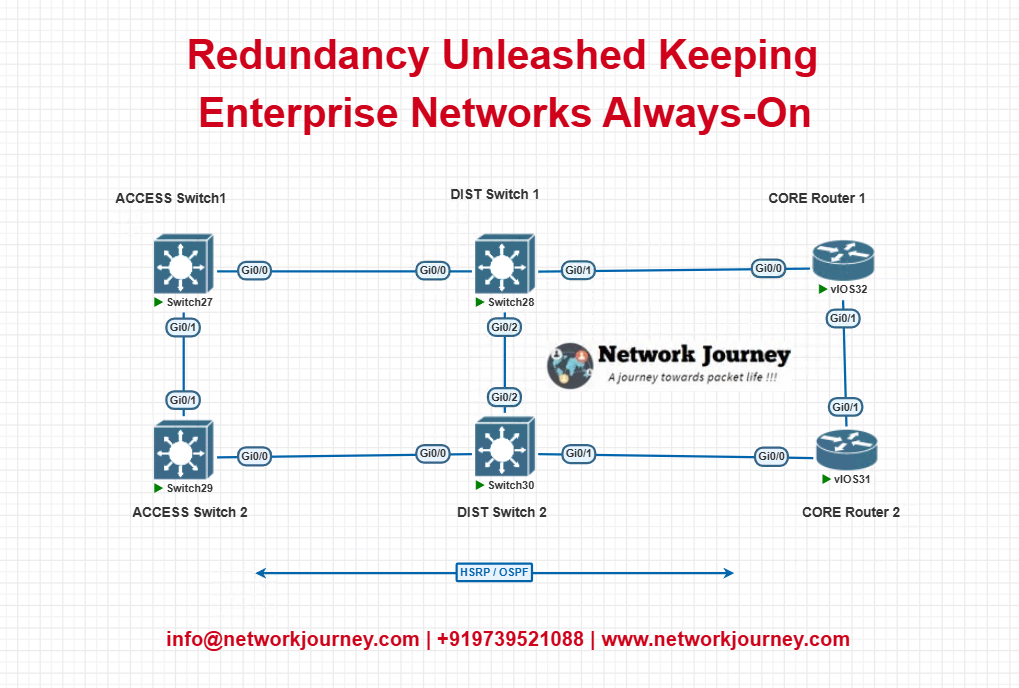Are you tired of slow internet or dropped connections at home? The way your home network is set up could be the reason.
Choosing the best home network topology can make a huge difference in speed, reliability, and coverage. Whether you stream movies, work from home, or play online games, having the right network layout ensures everything runs smoothly. You’ll discover the top network topologies for your home and learn which one fits your needs perfectly.
Keep reading to unlock the secret to a faster, more reliable internet experience.
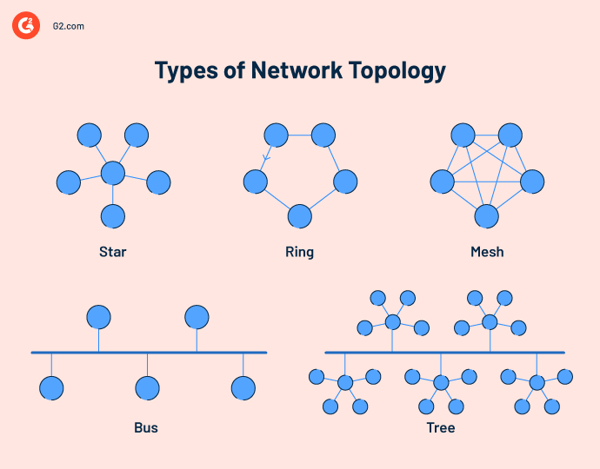
Credit: learn.g2.com
Common Home Network Topologies
Home networks use different layouts to connect devices. These layouts are called topologies.
Each topology has its own way of linking computers and gadgets together.
Star Topology
Star topology connects all devices to one central point, usually a router or switch.
This setup is easy to manage and troubleshoot because each device links directly to the center.
- Central hub controls the network
- Easy to add or remove devices
- If one device fails, others keep working
Bus Topology
Bus topology connects all devices using a single cable called a backbone.
Data travels in both directions along this cable to reach devices.
- Simple and cost-effective for small networks
- If the main cable breaks, the whole network stops
- Not common in modern home networks
Ring Topology
Ring topology connects devices in a circular way, with each device linked to two others.
Data moves in one direction around the ring until it reaches the right device.
- Each device has exactly two neighbors
- Network can be slow if many devices are connected
- If one device fails, it can break the ring
Mesh Topology
Mesh topology links every device to every other device directly.
This setup provides many paths for data and is very reliable.
- High fault tolerance
- More cables needed, which can be costly
- Good for large or critical networks
Hybrid Topology
Hybrid topology mixes two or more topologies together in one network.
This allows flexibility and better performance based on needs.
- Can combine star, bus, mesh, or ring types
- Works well for complex home networks
- Needs careful planning to avoid issues
Benefits Of Each Topology
Home network topologies define how devices connect and communicate. Each type has its own benefits. Choosing the right one helps improve your network.
This guide explains the benefits of common topologies. It covers reliability, installation, cost, and scalability.
Reliability And Fault Tolerance
Some topologies keep your network working even if one device fails. This is called fault tolerance. It helps avoid total network failure.
For example, a mesh topology connects devices with many paths. If one link breaks, data uses another route.
- Mesh topology offers high fault tolerance
- Star topology isolates failures to one device
- Bus topology may fail if the main cable breaks
Ease Of Installation
Some network layouts are easier to set up than others. This saves time and effort during installation.
Star topology is simple to install. Devices connect to a central point like a router. Bus topology uses a single cable, making it easy to add devices.
- Star topology is user-friendly and common
- Bus topology uses less cabling and is simple
- Mesh topology is complex and needs more cables
Cost Considerations
Cost depends on the cables and devices you need. Some topologies require more equipment, raising the price.
Bus topology is usually the cheapest. Star topology costs more because of extra cables. Mesh topology is the most expensive due to many connections.
- Bus topology has low hardware costs
- Star topology needs more cables and ports
- Mesh topology uses many cables and switches
Scalability
Scalability means how easy it is to add new devices. Some topologies handle growth better than others.
Star topology allows easy device addition by adding cables to the hub. Mesh topology supports growth but needs more connections. Bus topology can be harder to expand without problems.
- Star topology scales well with a central hub
- Mesh topology scales but needs many connections
- Bus topology has limited scalability
Choosing The Right Topology
Choosing the best home network topology helps your internet work better. It means picking the right way to connect devices in your house.
Different homes need different setups. Think about your space, devices, and how you use the internet.
Assessing Home Size And Layout
Big homes need different networks than small homes. Walls and floors can block wireless signals. You should check where you need internet most.
Choose a topology that covers all rooms well. Some layouts need extra devices to reach every corner.
Number Of Devices
Count all devices that use the internet. More devices need stronger and smarter networks. Too many devices on one line can slow things down.
- Smartphones and tablets
- Computers and laptops
- Smart TVs and gaming consoles
- Smart home devices like lights and cameras
Internet Usage Patterns
Think about how you use the internet. Some homes stream videos or play games a lot. Others just check emails or browse websites.
Choose a topology that handles your needs. High use needs fast and steady connections.
Budget Constraints
Your budget affects which network you can build. Some topologies cost more because they need extra equipment.
Look for options that fit your price range but still work well for your home and devices.

Credit: www.reddit.com
Setting Up Your Network
Setting up a home network lets your devices connect and share data. A good network helps with fast internet and smooth communication.
Choosing the right topology and hardware makes your network work well. Follow simple steps to build a strong network at home.
Required Hardware
You need some basic hardware to start your home network. These parts help devices connect and share information.
- Router: Directs data between your devices and the internet
- Switch: Connects multiple devices on a wired network
- Modem: Connects your network to your internet provider
- Network cables: Link devices physically for faster speeds
- Wireless access points: Extend Wi-Fi coverage in large homes
Wiring And Cabling Tips
Good wiring improves your network speed and reliability. Use quality cables and place them carefully to avoid damage.
Keep cables away from electrical wires to reduce interference. Label cables to know which device they connect to.
- Use Cat5e or Cat6 cables for fast and stable connections
- Avoid tight bends or kinks in cables
- Use cable ties to keep wires neat and organized
- Test cables before final installation
Configuring Routers And Switches
Set up your router by accessing its settings through a web browser. Change default usernames and passwords for safety.
Assign IP addresses carefully to avoid conflicts. Use switches to connect many wired devices for better performance.
- Log in to your router using the IP address in the manual
- Change Wi-Fi network name (SSID) to something unique
- Set up DHCP to assign IP addresses automatically
- Update firmware regularly to fix bugs and improve features
- Connect switches to the router for more wired ports
Securing Your Network
Protect your network from hackers by using strong passwords and encryption. Keep your devices safe to prevent attacks.
Disable unused features and regularly check connected devices to spot intruders early.
- Use WPA3 or WPA2 encryption for your Wi-Fi
- Set a complex password with letters, numbers, and symbols
- Turn off WPS (Wi-Fi Protected Setup) to avoid easy hacks
- Enable the router firewall to block unwanted traffic
- Update device software to patch security holes
- Monitor your network for unknown devices
Troubleshooting Connectivity Issues
Home networks can have different layouts called topologies. Each topology has its own problems that can cause connection issues.
Knowing the common problems and using the right tools helps fix these issues faster. You can also improve your signal and know when to upgrade your network.
Common Problems By Topology
Each network shape has common connection problems. Knowing these helps you find the cause quickly.
- Star Topology:Single device failure can stop the network.
- Bus Topology:Cable damage affects all devices on the line.
- Ring Topology:One broken link can break the whole ring.
- Mesh Topology:Complex setup may cause routing issues.
- Tree Topology:Problems at the main branch affect many devices.
Diagnostic Tools
Use tools to check your home network and find issues fast. These tools show where problems start.
- Ping tests check if devices reply on the network.
- Speed tests measure internet connection quality.
- Network scanners find devices and detect conflicts.
- Wi-Fi analyzers show signal strength and interference.
- Router logs reveal errors and disconnects.
Improving Signal Strength
Strong signals make your network faster and more reliable. You can improve signals with a few simple steps.
- Place routers in open, central locations.
- Remove obstacles like walls and metal objects.
- Use Wi-Fi extenders to cover large spaces.
- Change Wi-Fi channels to avoid interference.
- Update router firmware for better performance.
When To Upgrade
Upgrading your network helps when problems keep happening or your devices need more speed.
- Frequent dropouts or slow speeds.
- Many devices cause network congestion.
- Old equipment does not support new technology.
- Need coverage in larger or multiple rooms.
- New online activities require faster connections.
Future Trends In Home Networking
Home networks are changing fast. New tech makes connections faster and smarter.
These trends help homes stay connected with many devices and better coverage.
Wireless Mesh Systems
Wireless mesh systems use many routers to spread Wi-Fi evenly. This stops weak spots.
They allow easy expansion by adding nodes to cover bigger homes or buildings.
- Better Wi-Fi coverage in all rooms
- Easy setup and management
- Automatic connection to the strongest signal
Smart Home Integration
Smart homes connect lights, locks, and sensors to the network. This creates more control.
Networks need to support many devices and keep them secure from outside access.
- Central control of devices via apps
- Improved automation and scheduling
- Stronger security features
5g And Beyond
5G technology offers very fast internet speeds for homes. It reduces delay in connections.
Future networks will use 5G and newer tech to support many devices with high speed.
- Faster streaming and downloads
- Better support for smart devices
- More reliable connections outdoors and indoors
Ai-powered Network Management
AI helps manage home networks by finding issues and fixing them automatically.
It can adjust settings for better speed and security without user input.
- Automatic problem detection
- Dynamic network optimization
- Enhanced security through threat detection

Credit: www.reddit.com
Frequently Asked Questions
What Is A Home Network Topology?
A home network topology refers to the arrangement of devices and connections in your network. It determines how devices communicate and share data. Common types include star, mesh, and bus topologies. Choosing the right topology can enhance network performance, reliability, and scalability in your home.
Which Home Network Topology Is Best?
The best home network topology depends on your needs and setup. For most homes, a star topology is ideal due to its simplicity and reliability. Mesh topologies are suitable for larger homes needing extensive Wi-Fi coverage. Consider device placement and network usage when choosing.
How Does A Mesh Network Improve Connectivity?
A mesh network enhances connectivity by using multiple nodes to distribute Wi-Fi signals. This setup eliminates dead zones and provides seamless coverage throughout your home. Each node communicates with others, ensuring consistent internet access. It’s ideal for large homes or areas with many obstacles.
Can A Star Topology Support Smart Devices?
Yes, a star topology can efficiently support smart devices. In this setup, all devices connect to a central hub or router. This central point manages data flow and ensures stable connections. It’s ideal for households with multiple smart devices requiring reliable and fast internet access.
Conclusion
Choosing the right home network topology matters a lot. It affects speed, reliability, and how easy it is to fix problems. Star and mesh topologies work well for most homes. They keep your devices connected smoothly. A simple layout can save time and stress.
Think about your home’s size and devices before deciding. A good network helps you enjoy the internet without interruptions. Keep it simple, strong, and easy to manage. Your home network should make life easier, not harder.
19 min read

